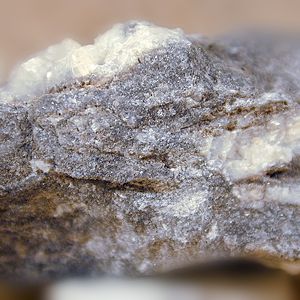
|
Chemistry |
Name |
|
CaCO3 |
Limestone |
|
shell fragments |
Coquina |
|
tiny floating organisms |
Chalk |
|
reef organism |
Reef Limestone |
|
CaCO3 MgCO3 |
Dolostone |
|
(SiO2)N |
Diatomite |
|
C (shale & sandstone) |
Coal |
|
C (shale ) |
Oil Shale |
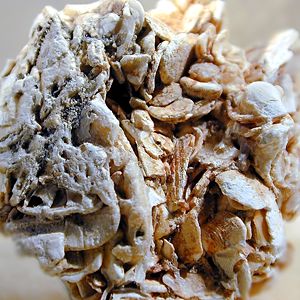
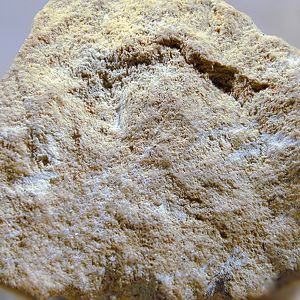
Sedimentary rocks can capture information about the environment under which they were formed. This is especially true if the rock is the top layer in a stack.

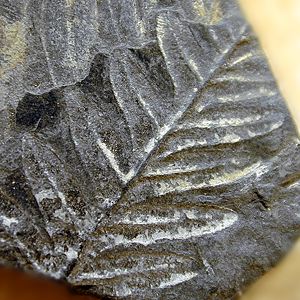
Image: West Virginia Geological and Economic Survey
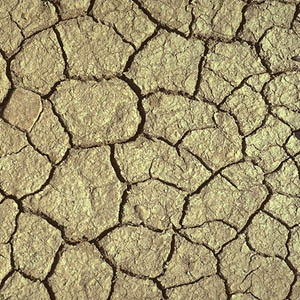
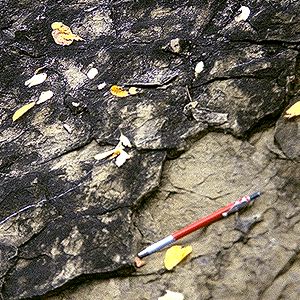
The color of sedimentary rock is a function of the minerals that have passed through it or that are part of it. The dark color of most sedimentary rocks result because they formed in reductive environments. They were not oxidized during their deposition.
The reddish and yellow colors are usually caused by iron oxides and if they exist as part of the structure and not just as a stain, then they indicate that this sediment was deposited under oxidizing conditions.
| NEXT | TOC | PREV |